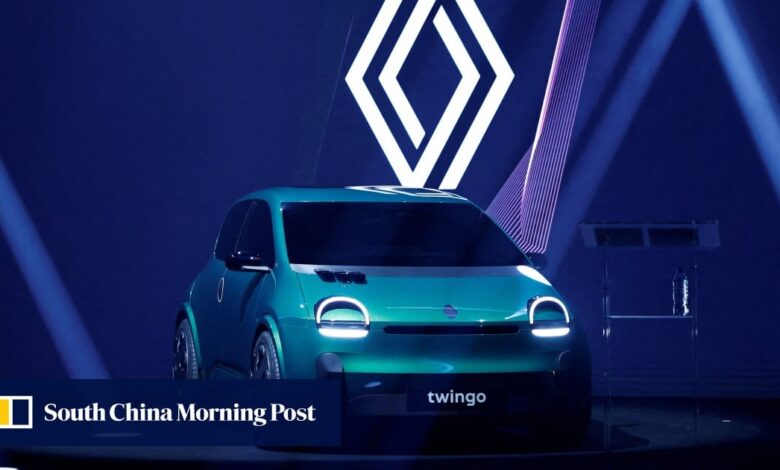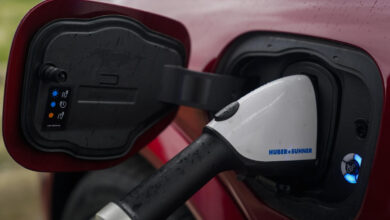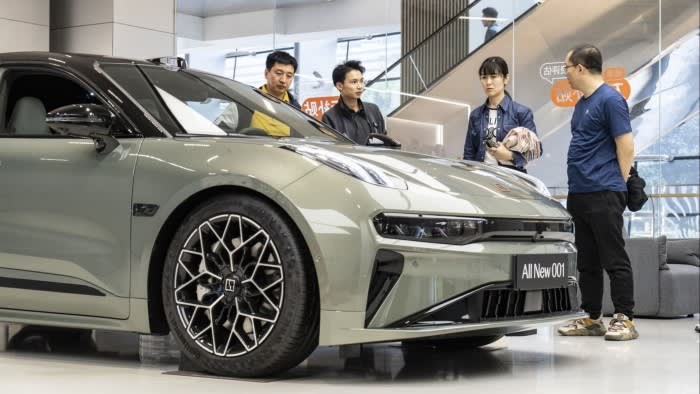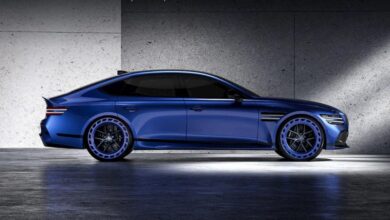Renault to develop much of sub-€20,000 (US$21,700) Twingo EV in China with unnamed partner

Renault SA will develop much of its sub-€20,000 (US$21,700) Twingo electric vehicle (EV) in China, part of a push by the manufacturer to bring affordable electric vehicles to the market faster, according to people familiar with the situation.
The French carmaker plans to partner with a Chinese company on the battery-powered city car that is due to be sold from 2026, said the people, who asked not to be identified as the plans are not public.
“The development of the car will be done with a Chinese partner to improve our development lead time and costs,” a spokesperson for Renault said in a statement. “Styling and advanced engineering” will be done in France.
Europe’s carmakers are under pressure to update their line-ups just as slow economic growth and waning subsidies weigh on EV demand. Meanwhile, Chinese brands are expanding in the region with cheaper models. BYD plans to offer its Seagull hatchback already next year at a price below €20,000.
Advertisement
Advertisement
Renault’s move to partner with a Chinese peer is also meant to teach the company how to move more quickly on EV development, the people said. It is unrelated to a Volkswagen AG decision to develop a cheap EV on its own instead of potentially partnering with Renault’s software and EV unit Ampere, they said.
Stellantis NV plans to offer EVs co-developed with China’s Leapmotor in nine European countries starting in September. It will be introducing a cheaper version of its Citroën ë-C3 early next year.
Renault CEO Luca de Meo unveiled plans for the electric Twingo late last year. The vehicle will be assembled in Europe, possibly in Slovenia, de Meo said during the company’s shareholder meeting this month.
The Twingo project will be conducted by Ampere, Renault said in its statement, adding that development of the vehicle “is moving forward quickly”.
Western European manufacturers are increasingly relying on engineers in lower-cost countries to cut expenses. While engineering in China isn’t necessarily cheaper, it’s where the bulk of EV technology breakthroughs currently are coming from, one of the people said.



